Optimal Scheduling for Vet Office Cleanings
Scheduling vet office cleanings at optimal times can enhance infection control and operational efficiency. Proper timing minimizes disruptions and ensures a safe environment for staff and animals. Regular cleaning intervals are essential to maintain hygiene standards and prevent disease transmission.
Daily cleanings help control daily messes, reduce bacteria buildup, and maintain a hygienic environment for animals and staff.
Cleaning immediately after patient visits reduces cross-contamination risks and ensures spaces are sanitized before the next appointment.
Specialized cleanings follow surgeries or invasive procedures to prevent infection and promote healing.
Cleaning during off-hours minimizes disruption to daily operations and reduces stress for animals and staff.

Professional equipment being used for vet office cleaning.
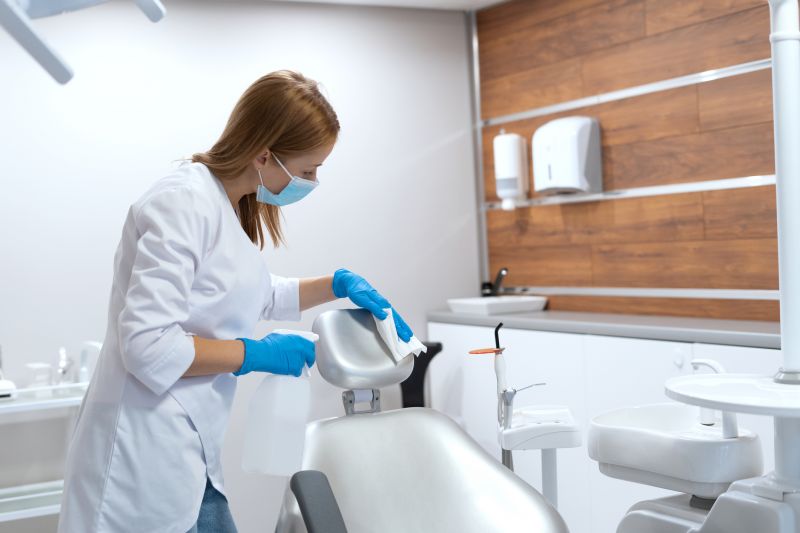
Sterilization of tools and surfaces to prevent infection.
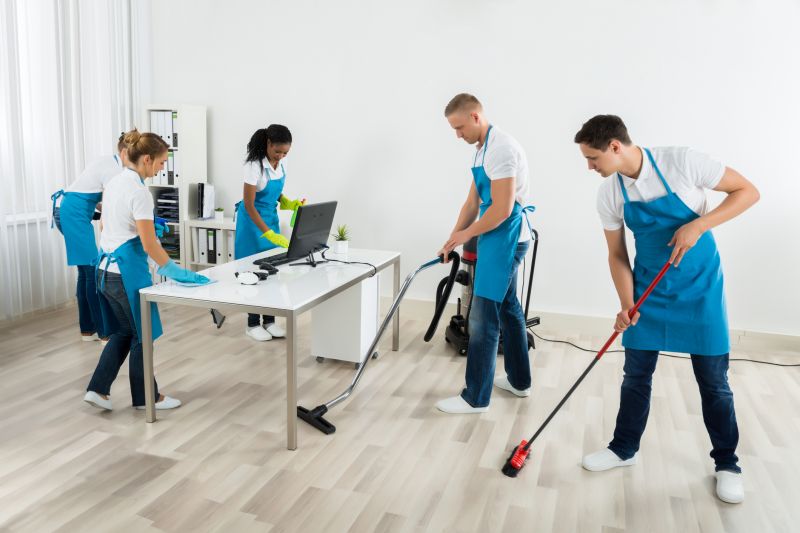
Trained staff disinfecting examination rooms.
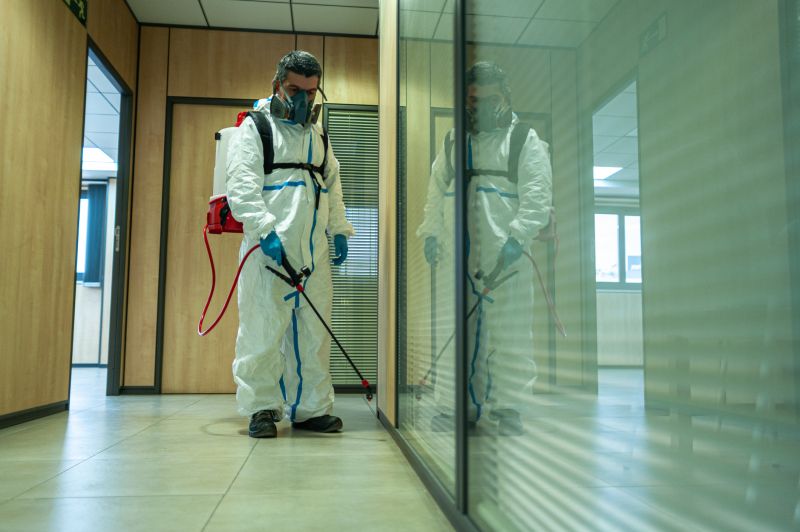
Cleaning and sanitizing kennels and cages.
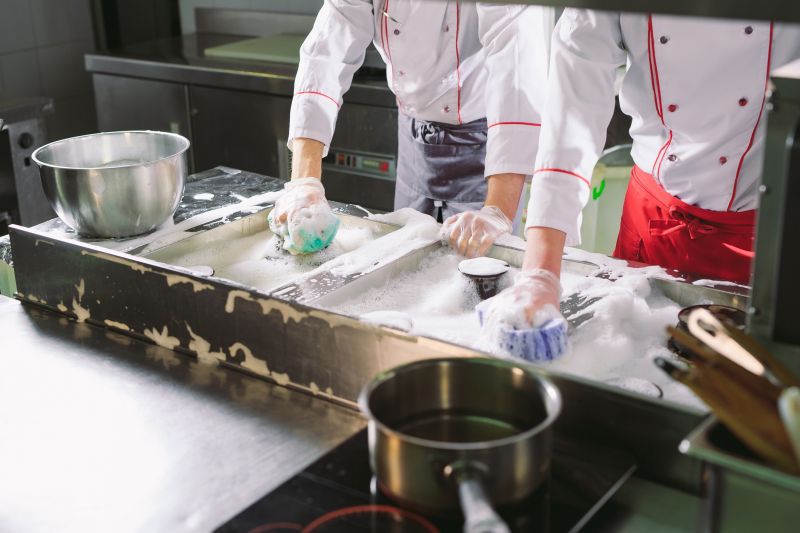
Surface disinfectants being applied in treatment areas.

Proper disposal of medical waste during cleaning.
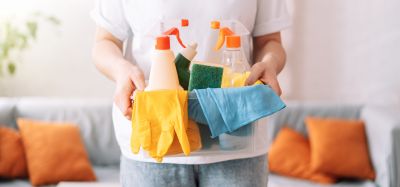
Organization of cleaning supplies in a vet office.

A sanitized examination room ready for next patient.
| Cleaning Type | Ideal Timing |
|---|---|
| Daily Cleaning | Multiple times per day |
| Post-Patient Cleaning | Immediately after each appointment |
| Weekly Deep Cleaning | Once a week |
| Post-Surgery Cleaning | After procedures |
| Off-Hours Cleaning | During non-operational hours |
| Monthly Maintenance | Once a month |
| Emergency Cleaning | As needed for spills or contamination |
| Seasonal Deep Cleanings | Quarterly or seasonally |
Proper scheduling of vet office cleanings supports infection control and operational efficiency. Regular cleaning routines help prevent the spread of pathogens, protect animal health, and maintain a professional environment. Adapting cleaning schedules to the flow of daily operations ensures minimal disruption while maintaining high hygiene standards.
